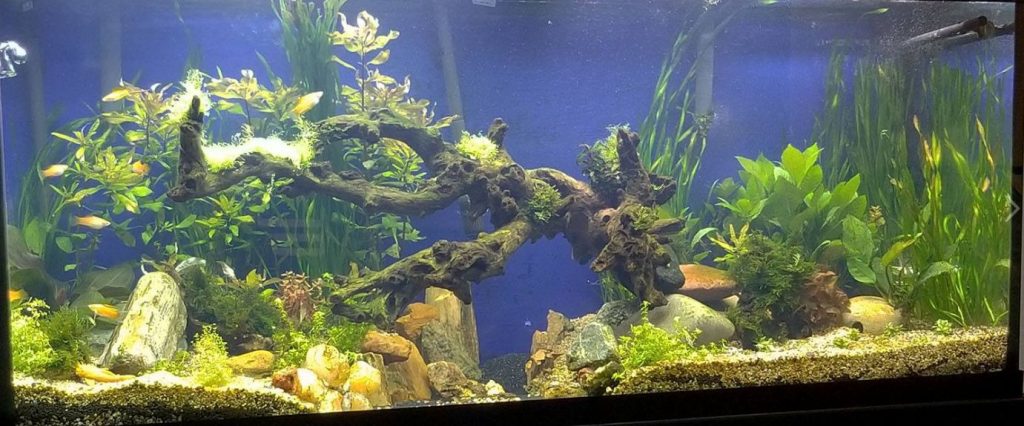
“Old tank syndrome” is a tank with
- Low KH (<1)
- Low pH (< 6.5, or yellow to yellow green on the API pH test kit)
- High nitrate (>80) in unplanted tank
- High ammonia readings (>4)
Typically the fish get lethargic and stop eating. This can be the phenomenon of “old tank syndrome”.
Note that “old tank syndrome” can also occur with a very new tank. If one does a fishless cycle with low KH and pH water, the oxidation of ammonia to nitrate can rapidly reduce the pH below 6.5 and take the total ammonia levels way up.
Many hobbyists note a significant drop in pH, like 7.4 to 6.0, during cycling. The end product of the cycling process is “nitrate” NO3 and some six acid radicals (H+). This acidifies the water, often surprisingly rapid.
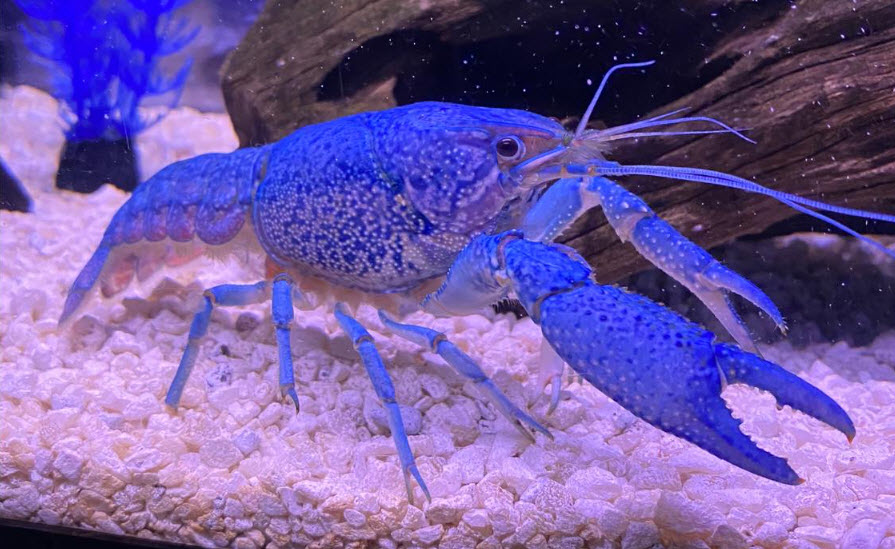
In zero KH water you might see a pH drop from say 7.4 to 6.0 pH. At 6.0 pH the bacteria stop working on the ammonia and there is no further acidification. But note that the difference between 7.4 and 6.0 is a VERY small amount of nitric acid. And you must have a low pH, and low KH water to see the drop.
I have “hard” well water with lots of calcium carbonate in it (i.e. a high GH and KH) and a pH of 8.2. I don’t see any drop from 8.2 when doing “normal” cycling because I form nitrate, not nitric acid. The hydrogen ions and nitric acid of cycling in my high KH, calcium carbonate-filled well water releases the carbon dioxide from the calcium carbonate and forms calcium nitrate instead of nitric acid. The pH is buffered by the KH and doesn’t drop.
But when I did some of my long experiments (for instance on deep sand beds), my pH dropped WAY down. I depleted all the calcium carbonate and formed hydrogen ions and nitric acid. Readers which have used my methods to cycle tanks with low KH have seen substantial pH drops during cycling.
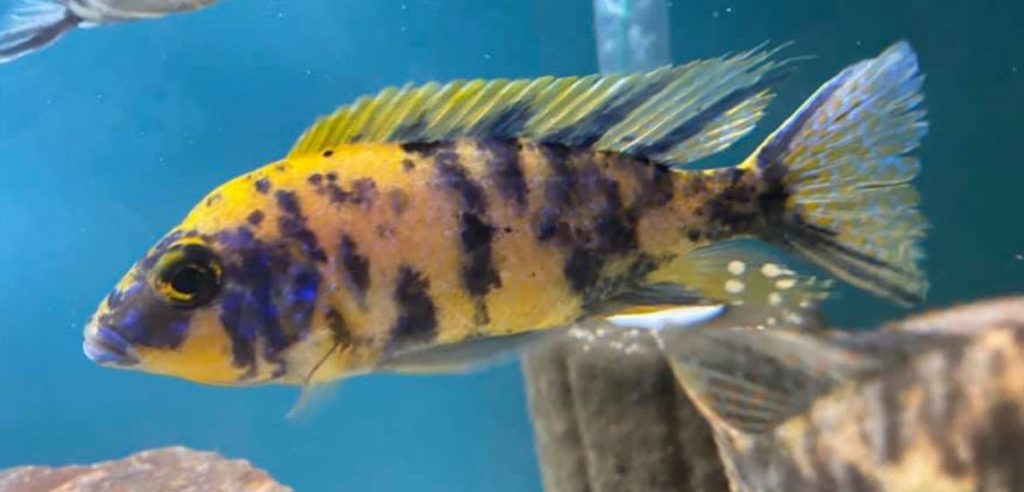
The Cause of “Old Tank Syndrome”
The problem is a classic line of several factors:
- The fish keeper either does no water changes, does too few water changes, over feeds, and/or does too small of water changes.
- Or something drastic happens like a lot of plants all die at once, releasing a lot of ammonia.
- The ammonia to nitrate cycling process drops the pH
- The nitrates typically rise quite high (note plants can absorb the nitrates, thus preventing this rise), typically well above 80 ppm.
- The ammonia oxidation cycle produces acid which forces the carbonate out of the water as carbon dioxide and the KH drops, often down to zero.
- If the water doesn’t have a high KH (buffering capacity) the pH can go down to 6.5 or lower
- At less than 6.5 pH the amount of gaseous un-ionized ammonia becomes too low for the ammonia oxidizing bacteria to work effectively (note in a long established aquarium there can be a type of organism called archaea which can oxidize ammonia at low pH’s)
- So the tank’s cycle shuts down.
- The ammonia then rapidly rises, often well over 8 ppm.
This is called “old tank syndrome” or a “crash”. “Old Tank Syndrome” is defined as a high ammonia, high nitrate, low pH and low KH situation.
It is very common to have an ammonia spike in any aquarium. There are a whole host of possible reasons for such a spike. The most common being a dead fish decaying in an unseen corner of the tank. But many will come on social media and call any ammonia spike a “crash” and blame it on old tank syndrome. The vast majority of ammonia spikes do not occur with an accompanying drop in pH and are NOT old tank syndrome.
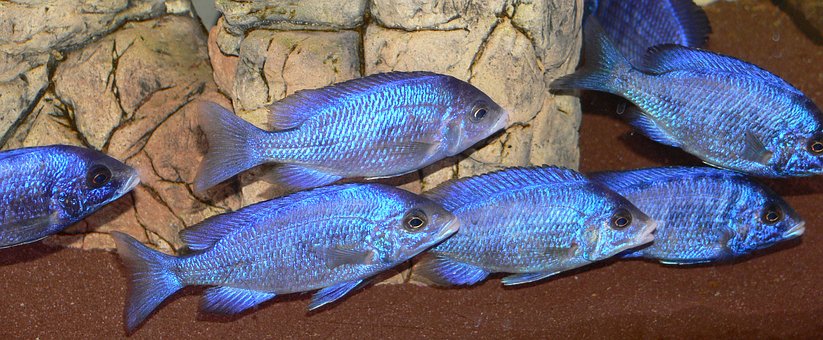
Treating Old Tank Syndrome
A >90% water change is called for when presented with old tank syndrome. Contrary to popular myth, a 90% water change will NOT hurt the fish.
Do not add a chemical such as Prime to the tank. Prime does nothing for ammonia, contrary to all it’s marketing hype. Here is a link that explains that:
5.5.3.2.Prime and Safe
Clean the mechanical filter in the old aquarium without cleaning the biological filter or the substrate (if the mechanical filter is your biological filter only do an outside gross cleaning of the filter). Remove as much of the water as you can from the “old tank syndrome” aquarium (90% to 100%). Your fish might flop a little but they’ll be fine.
Then refill the “old tank syndrome” aquarium with new water and treat it with chlorine remover if necessary (put the conditioner into the tank before you add the new water).
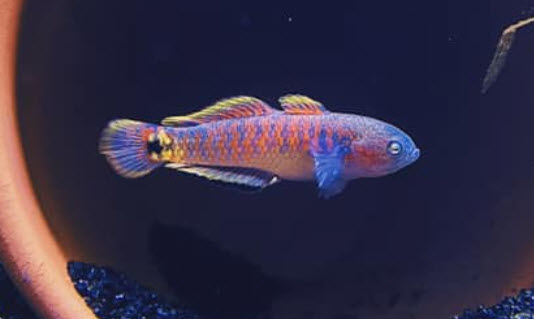
The reason this radical move is necessary is because you don’t know what you’re dealing with when you get “old tank syndrome”. Any of the following can be problematic:
- Ammonium
- Ammonia
- Soluble organic acids
- Insoluble organic acids
- Nitrite
- Nitrate
- Carbon Dioxide levels
- Bacterial levels
- pH
- Oxygen levels
- Carbonate buffers
- Phosphate buffers
Even a chemist would be loath to tackle this melting pot. Change any one variable and the others can change in very unpredictable manners.
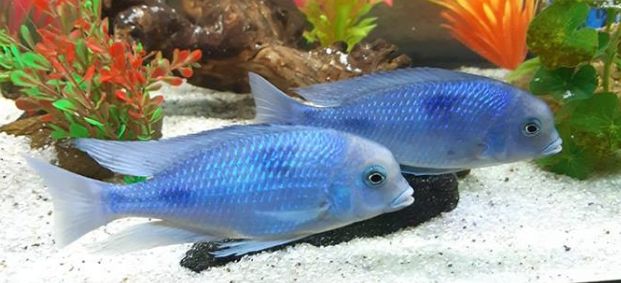
Take the old standard of adding baking soda and doing 25% water changes. Say you’ve got 6.0 pH and 20 ppm of ammonia (need to use dilution techniques to test). A typical treatment might progress as: change 25% of water with tap water at 7.2 pH, add many tablespoons baking soda, cycle one day, fish start to get distressed. When the aquarium parameters are measured the pH is has jumped to from 6.1 to 7.6. The ammonia measures 15 ppm (need to do dilution to test).
What happened is that the water change coupled with the baking soda jumped the pH and started distressing the fish.
The fish did not get stressed due to the pH jump directly. The fish start being stressed because of the conversion of ammonium (an ionic compound in water) into ammonia (a soluble gas). Ammonia is much more toxic than ammonium. Test kits measure ammonium and ammonia together, something called “total ammonia”. At a low pH fish can deal with much more “total ammonia” than they can deal with at high pH. This is because a high pH converts bad ammonium into very bad ammonia. A level of 20 ppm “total ammonia” isn’t a problem at a pH of 6.1 but a level of 15 ppm “total ammonia” is a big problem at a pH of 7.6.
Old tank syndrome demands the changing of virtually all the water in the aquarium as rapidly as possible. Just accept that.
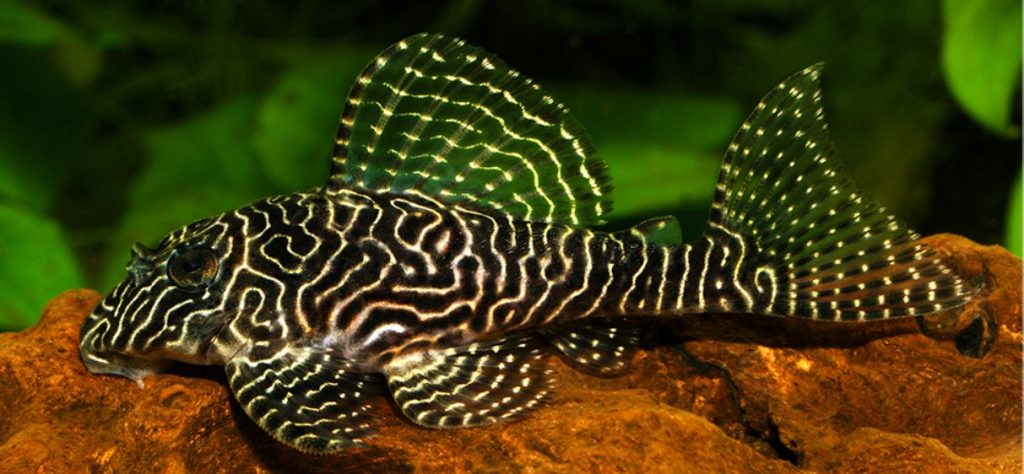
Note that in many ways the water in an aquarium with old tank syndrome is similar to water in a bag in which a fish has been shipped to one via air post. And the 90% to 100% water change is very similar to the “cut-pour-plop” method now recommended for acclimatizing these shipped fish to the aquarium.
Note that this radical treatment can be used for many aquarium problems other than old tank syndrome. If fish start dying from some unknown pathogen or if algae starts taking over an aquarium, this complete water change procedure is often very safe and useful. In nature in a river fish are always getting complete changes of water so this procedure is probably the safest and most natural process available for treatment of aquarium problems.
Note also that there is no set level of nitrate that can be predicted to give low pH and “old tank syndrome”. If one adds a lot of sodium nitrate to a tank the pH won’t change even though the nitrate level will be very high. And a solution of sodium bicarbonate (baking soda) and sodium nitrate will have a high pH and a high nitrate. And plants and bacteria can remove nitrate from the water without preventing a pH drop. It is also possible to have a low pH, high “total ammonia” aquarium with “old tank syndrome” with a very low nitrate level. The biochemistry is quite complex and unpredictable.
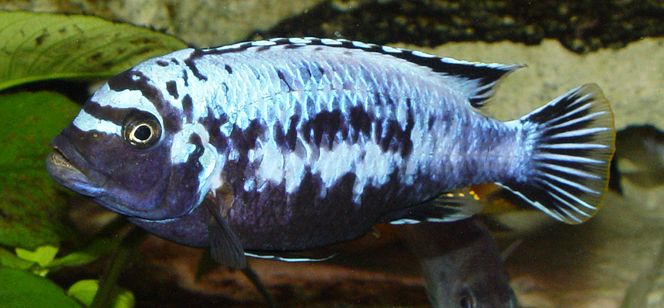
“Why did all my New Fish Die?”
Another aspect of old tank syndrome is that fish can acclimate to some pretty radical chemistry over a long period of time. It is analogous to the changes which take place in the human liver when one starts drinking alcohol frequently and in excess. The liver gets better and better at metabolizing the alcohol and an amazing tolerance for alcohol can build up.
The liver in a fish can convert toxins like nitrate, nitrite and ammonium in the blood of the fish into ammonia and eliminate it through the gills via certain enzymes. The liver of the fish will produce more and more of these enzymes if presented with a gradual challenge.
But add some new fish to a radical chemistry aquarium and they can rapidly die. If you added several fish from the fish store and they all rapidly died, ask yourself: Have you been doing the necessary water changes at the required interval? What is the pH and ammonia level of your aquarium? Do you have old tank syndrome?
Long Term Prevention
Long term prevention is two fold:
- First off do more water changes of 50% at a time in order to maintain a low nitrate level (anything from 40 to 160 ppm nitrate is just fine)
- Add a bag of crushed coral to the filter to buffer the water at 7.6 to 7.9 pH. This is an excellent pH for all fish, contrary to popular mythology.
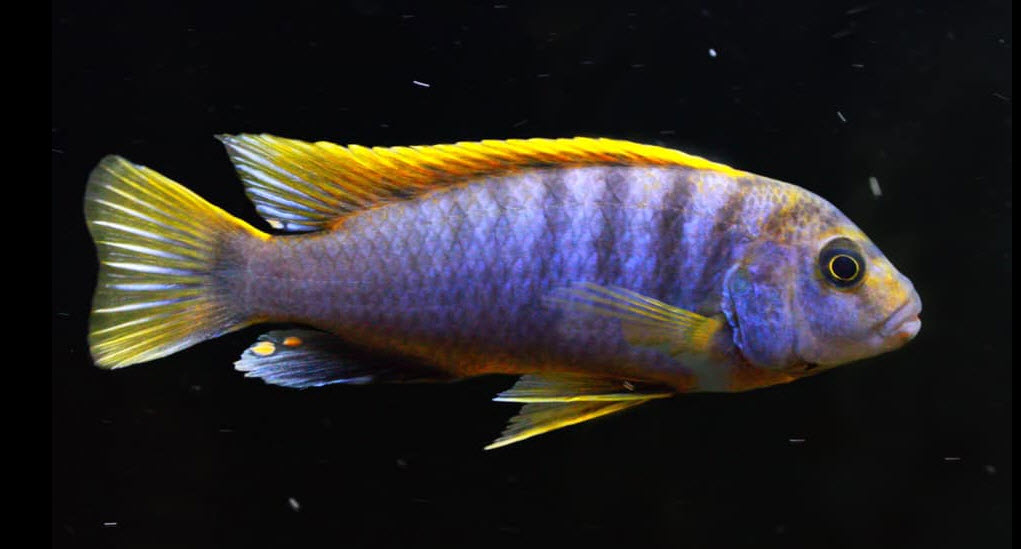
Long Term Acid Water
There is a type of nitrifying organism called archaea which can operate at very low pH. The problem is that these organisms grow very very slowly. So an aquarium which has had “old tank syndrome” CAN, in some cases, begin metabolizing ammonia after four to twelve months at the low pH. Unfortunately that can be too late, especially if the tank is heavily stocked.
.
Return to Water Parameters Menu
.
Aquarium Science Website
The chapters shown below or on the right side in maroon lead to close to 400 articles on all aspects of keeping a freshwater aquarium. These articles have NO links to profit making sites and are thus unbiased in their recommendations, unlike all the for-profit sites you will find with Google. Bookmark and browse!
.

Dave says
In reply to Jay …. Some folks, especially some planted tank enthusiasts, run old tank syndrome tanks successfully. I’ve tried it and I’ve always had fish or shrimp deaths. I hypothesis it is due to nitrite toxicity.
Jay says
So is this more of an issue with unplanted heavily stocked tanks? Since if there were enough plants to lower the ammonium and small waterchanges/top ups were being done that wouldn’t convert it and cause problems. Would the pH also stablise with aeration, certain media, etc or would it keep dropping? Also if you were to acclimate fish by drip with an aquarium with old tank syndrome won’t the pH stay low and not effect the fish (or aeration cause a spike), drop and plop would kill if high enough difference in GH I believe and harm more sensitive critters such as shrimp.